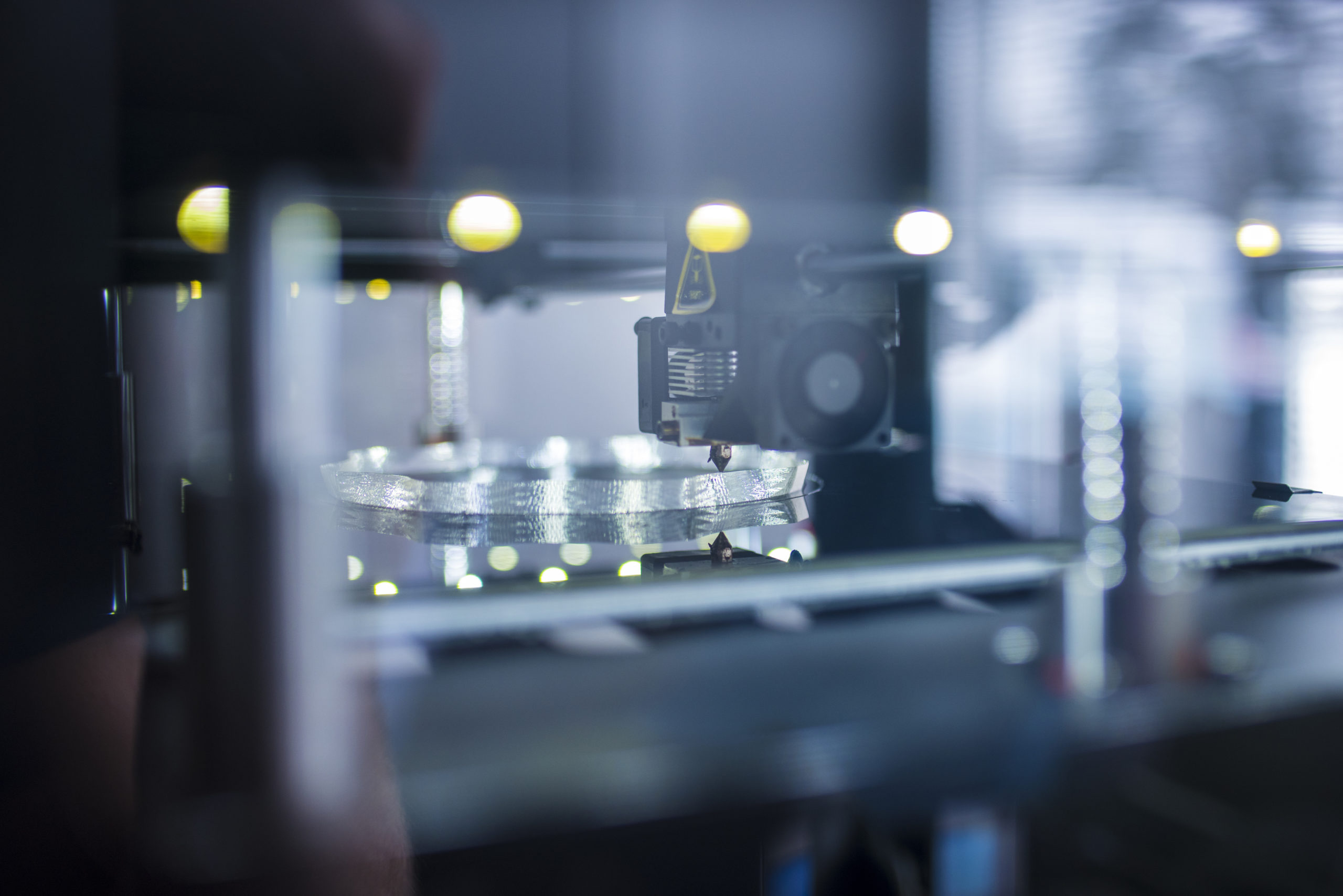For #BlackHistoryMonth, Science World is amplifying scientific and artistic voices in the Black community. Their contributions to STEAM are making history. Celebrate with us!
Dr. Philip Asare is an Assistant Professor at the University of Toronto. He teaches in the Institute for Studies in Transdisciplinary Engineering Education and Practice and the Division of Engineering Science. He researches how we educate engineers to operate in the complex socio-technical world, with a special focus on the societal benefits of a diverse engineering community.
"In 5 to 10 years, if there is more representation in STEM for Black folks, and the work and school environments are more inclusive, welcoming and equitable, then I'll know I am where I want to be."

Read more about Dr. Philip Asare's work here!
Celebrate with us.
Each week in #BlackHistoryMonth, we're sharing a new audio or visual story amplifying scientific and artistic voices in the Black community whose contributions to STEAM are making history.
Transcript
Dr. Philip Asare: I have a hard time explaining to people what I do (laughs). But I think the key theme of all my work is inclusivity and people.
Narration: That’s Dr. Philip Asare at the University of Toronto. He’s an Assistant Professor for a transdisciplinary program for engineers, the first of its kind in Canada.
Dr. Philip Asare: So, what I noticed coming to North America—I’m originally from Ghana, where everybody pretty much looks like me—was that there was underrepresentation in STEM. What I also noticed was that a lot of the visible role models and the role models we were asked to look up to were really extraordinarily successful, what I would call outliers. So, you know, classic role models not necessarily in STEM would be former president Barack Obama, right? There can only be so many people who get to be the US president in general, right? So, if that’s your goal, that’s a really difficult path.
Narration: Dr. Asare’s current research focusses on looking beyond those outliers to find role models, mentors and coaches for underrepresented students and early-career people in STEM. They’re finding that values-based matching and storytelling can help form these support structures which keep underrepresented people in STEM which is important for everyone’s future.
Dr. Philip Asare: There’s sort of a socio-economic and equity issue there. We know that STEM has socio-economic benefits for those who participate in it and so to leave a whole demographic out of it is really leaving them out of that particular benefit. The other and I think more important part is the voices in the room matter. And, we’ve all seen the technologies that were developed, without particular perspectives, that have negative and adverse effects on particular populations and so having more representation helps us mitigate some of that.
Narration: Philip says that as a young boy he was drawn to science and engineering by the stories of hypotheses are formed. It takes both observation and luck he says, and still today he’s continuously amazed by this process.
Dr. Philip Asare: In some sense, I feel like how lucky we are that the world and nature kind of tells us about itself in ways that are helpful to us. Because there’s no reason that that should work, right? The questions we ask about the world, we should get the answers that we get, right? And I have worked on medical projects where it’s fascinating to see things like biomarkers, the signals that we get from the body that tell us about the disease, and how it doesn’t have to be that way, right? Something like the EKG, which is an electrical signal that you can sense on the skin that tells you about what’s going on in the heart that you can’t see…there’s no reason why the body has to send that electrical signal to the skin. But it does (laughs), right? And because it does, we’re able to do meaningful things with that. And, in some sense, just, even that sense of luck that we’re able to discover these things and make good use of them is fascinating to me. I think that’s the part of science that amazes me the most.
Narration: To frame how Dr. Asare’s experience in medical engineering is connected to his research on finding mentors for underrepresented students in STEM, he turns to literature and quotes Nigerian author Chinua Achebe from a 1994 interview in The Paris Review.
Dr. Philip Asare: Until the lion learns to write, the tale of the hunt will always favour the hunter. The representation dictates the stories that we get to tell.
Narration: For Dr. Asare, this representation doesn’t just speak to the profession, but affects the way we understand who is allowed to be in the profession, and how the profession shapes society.
Dr. Philip Asare: If there aren’t Black people in the room and we’re talking about a technology or a new discovery, it’s not clear that that perspective is going to be brought to bear and that those folks are actually going to benefit. So for me, in 5 to 10 years, if there is more representation in STEM for Black folks and other underrepresented groups, and the environments—the work and school environments—are more inclusive, and welcoming and equitable than they are today, then I’ll know I am where I want to be.
